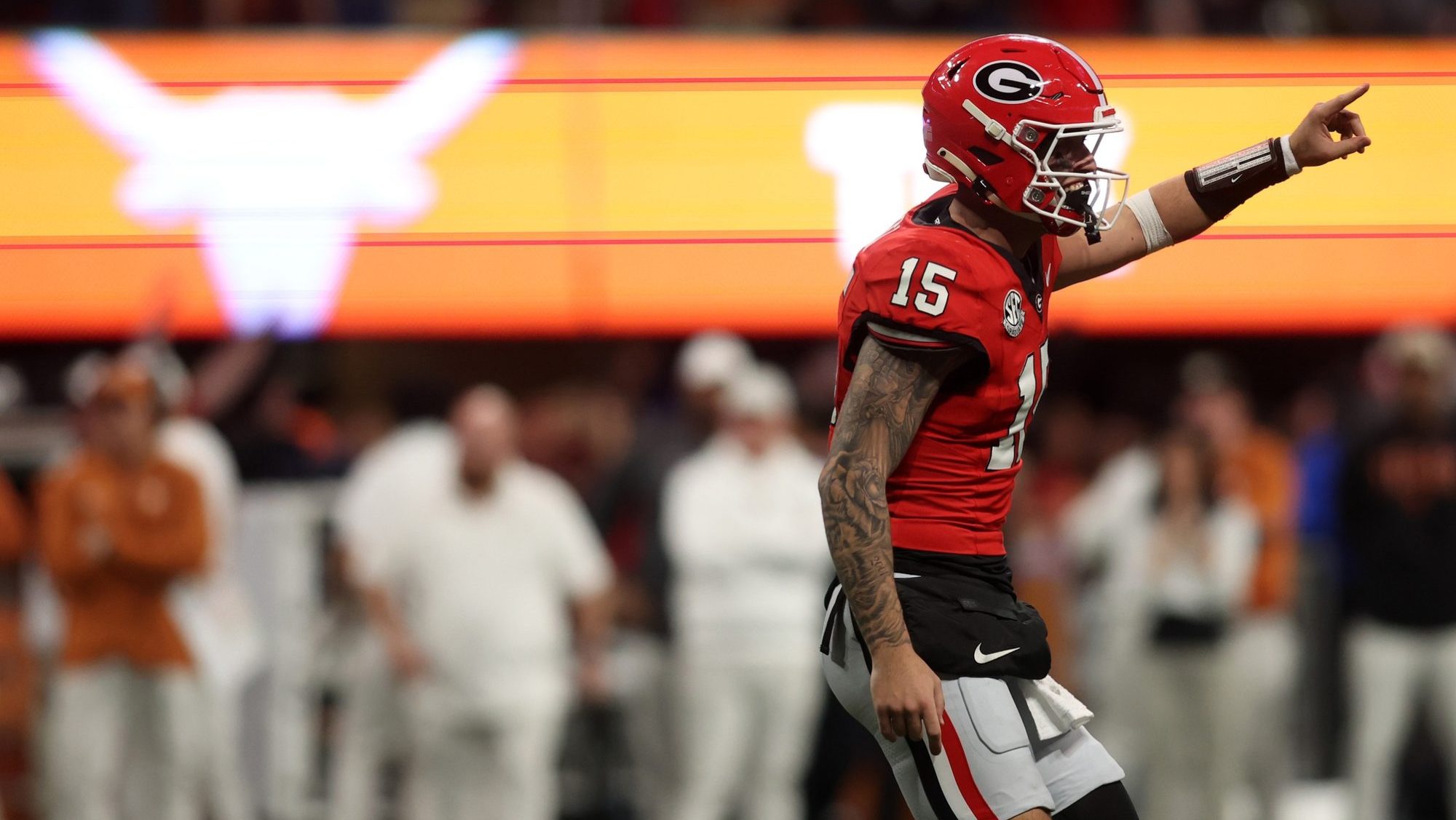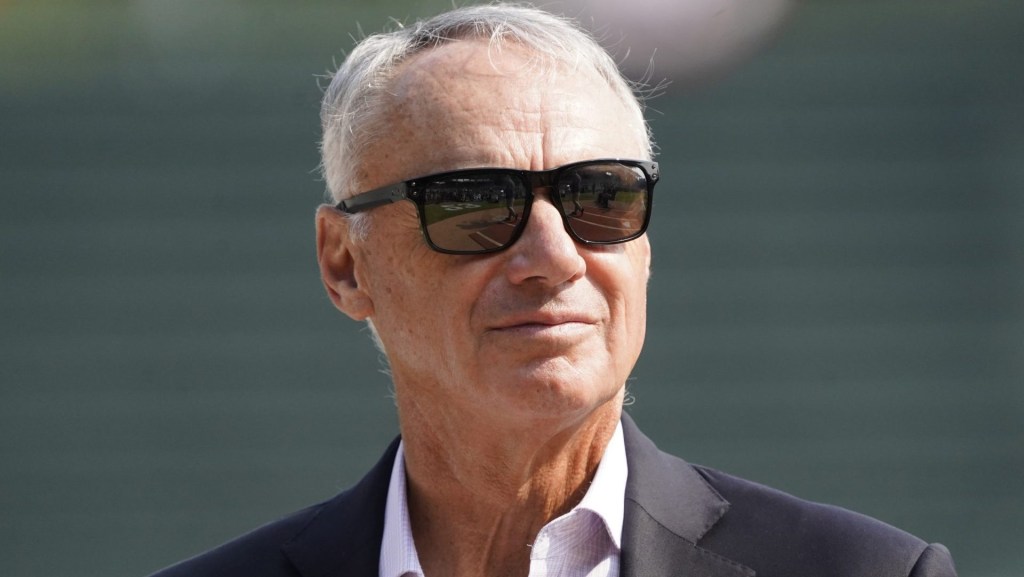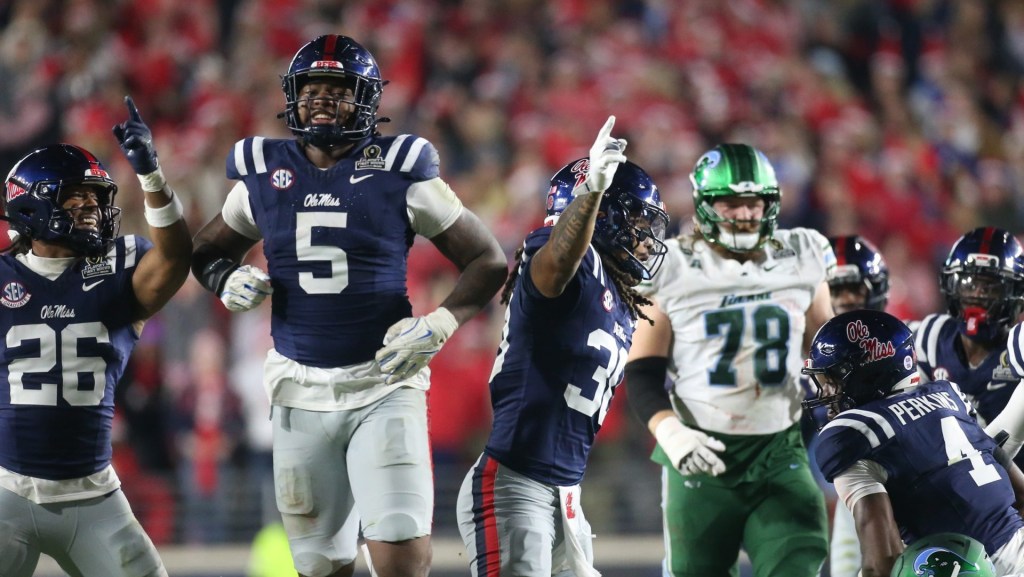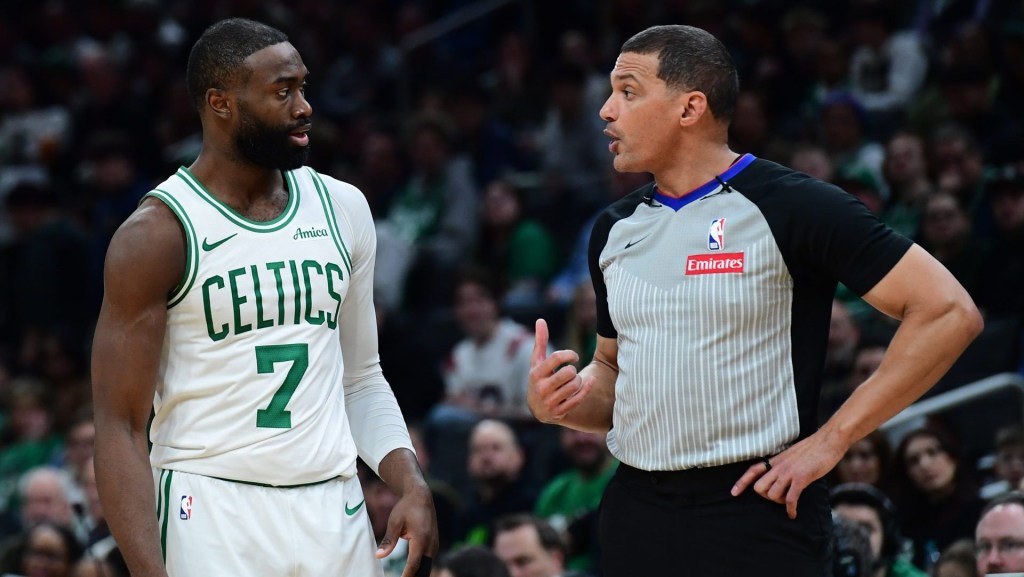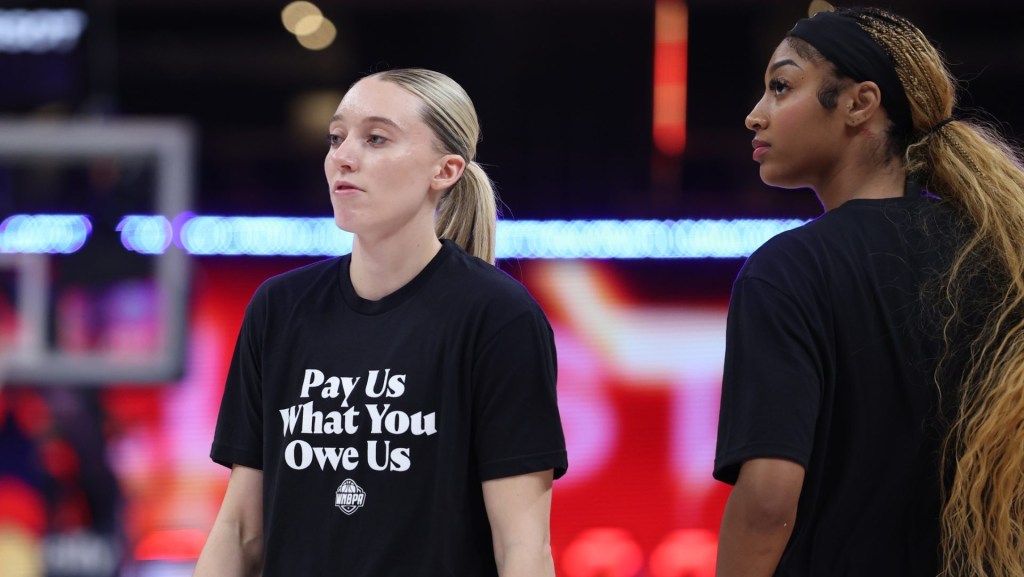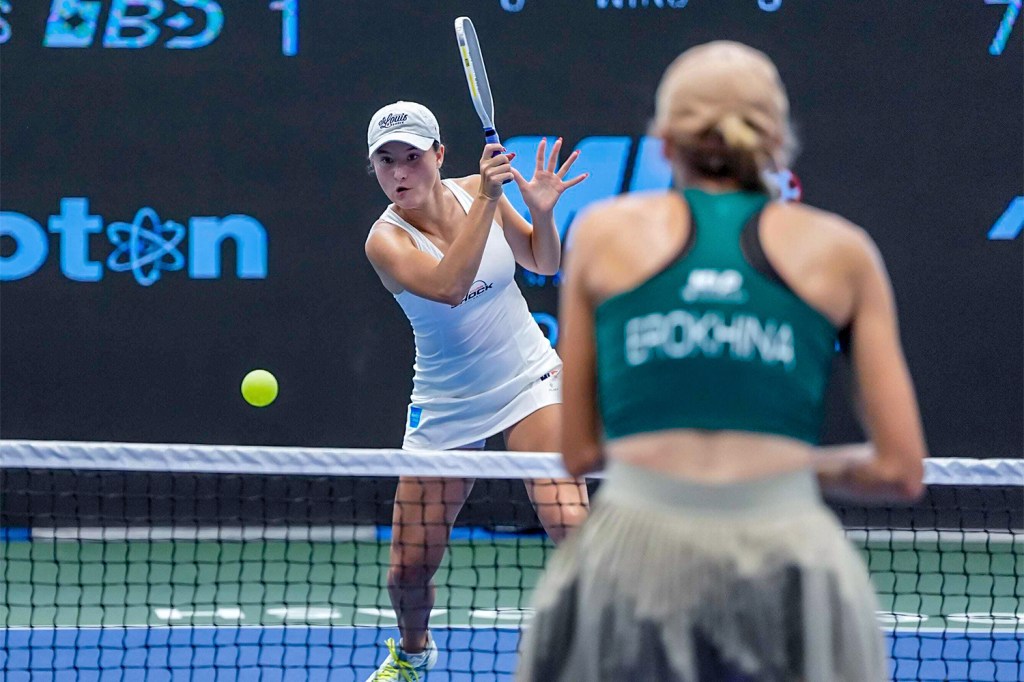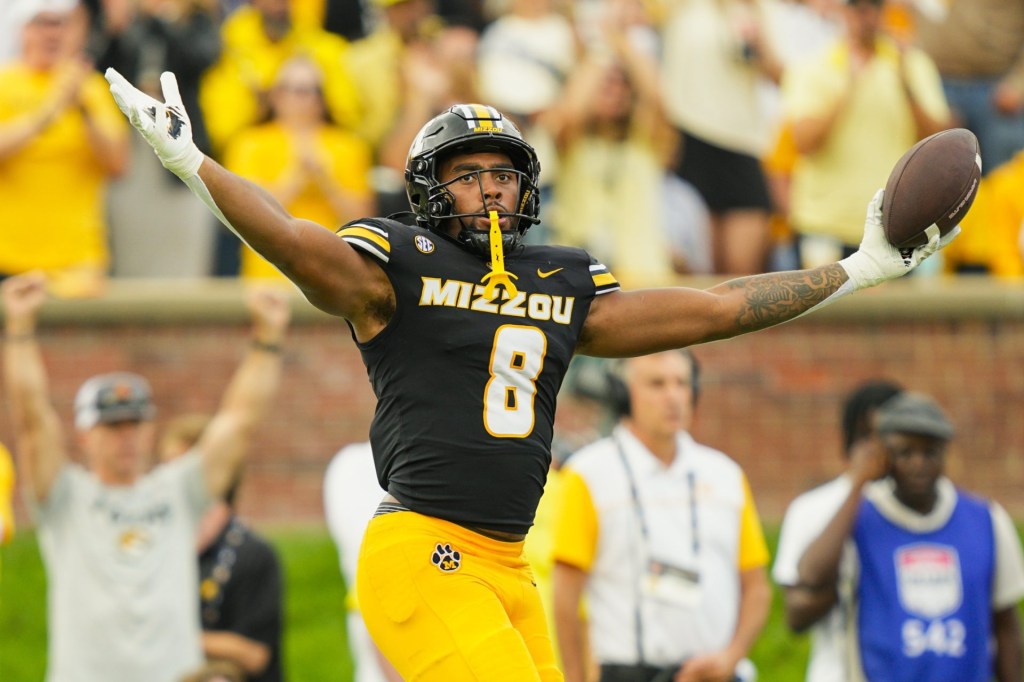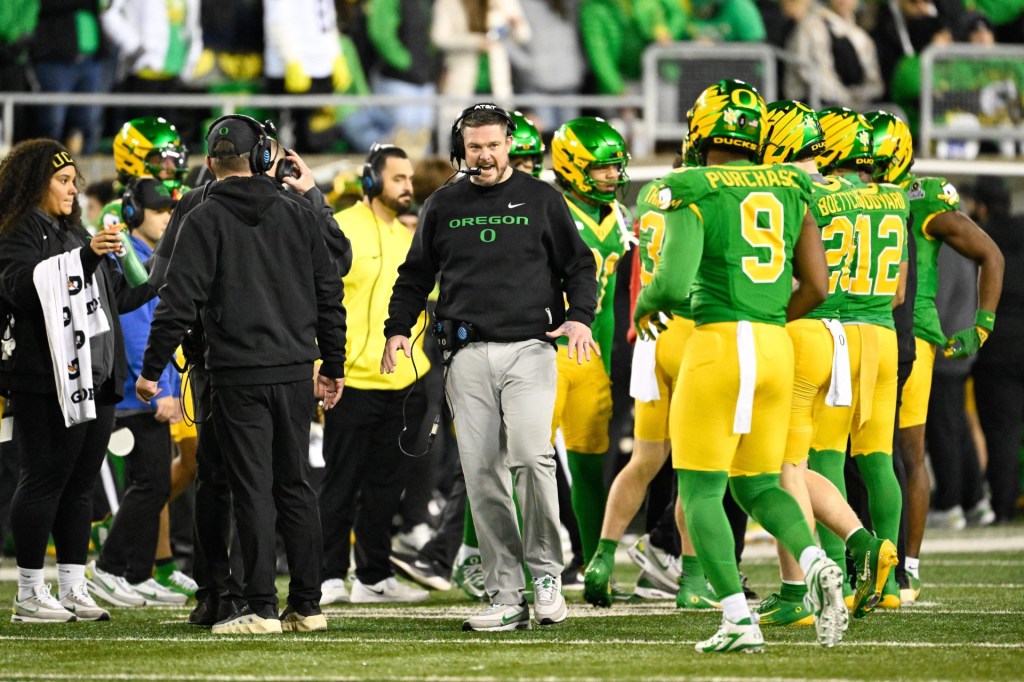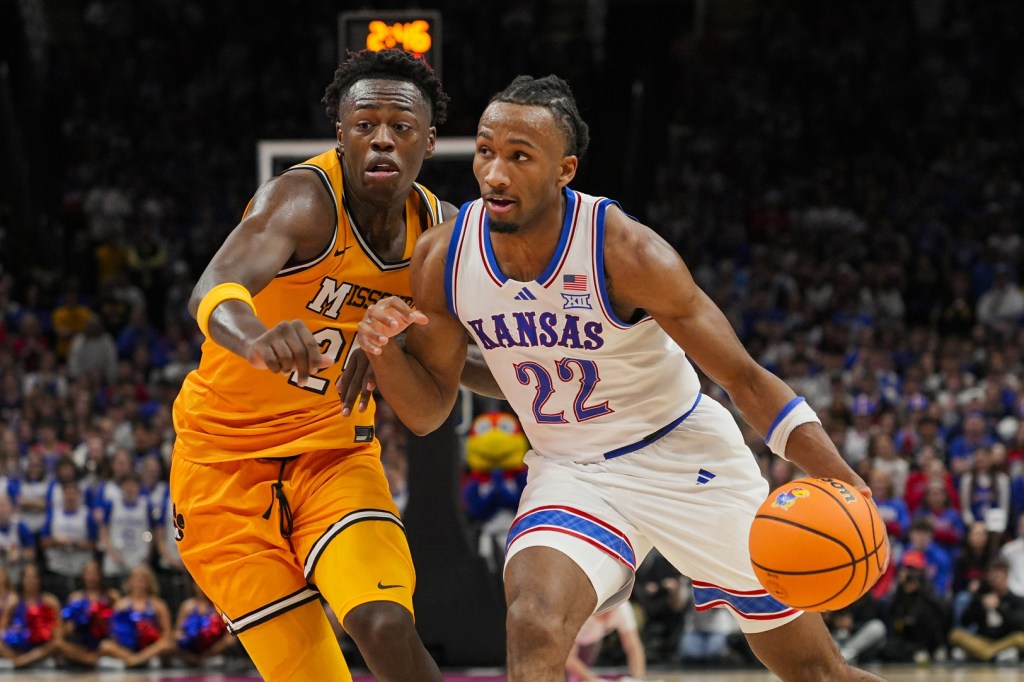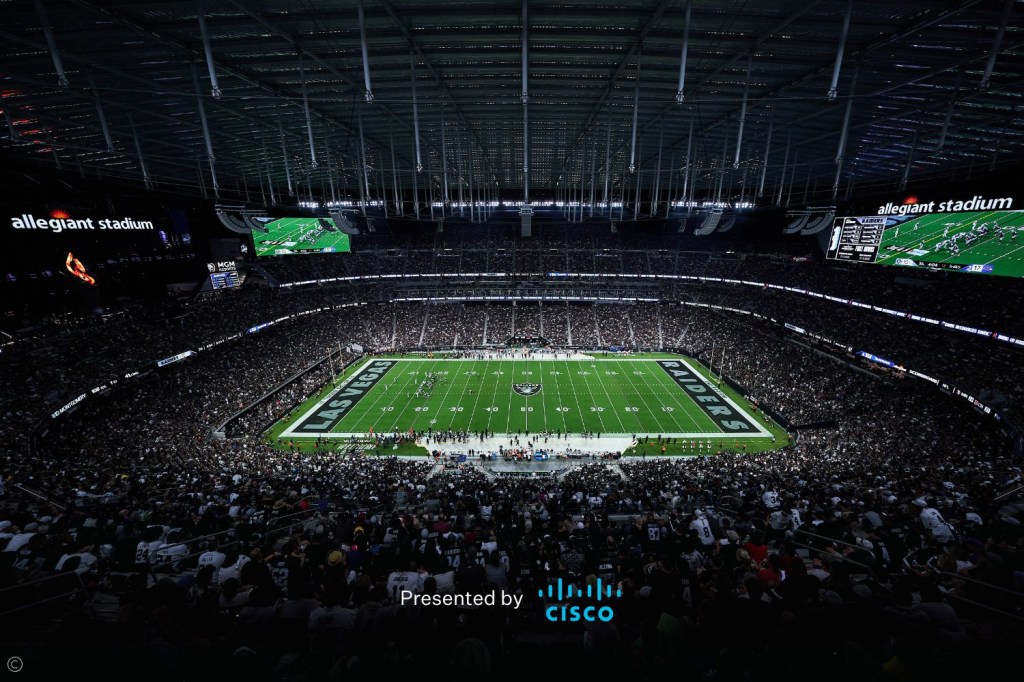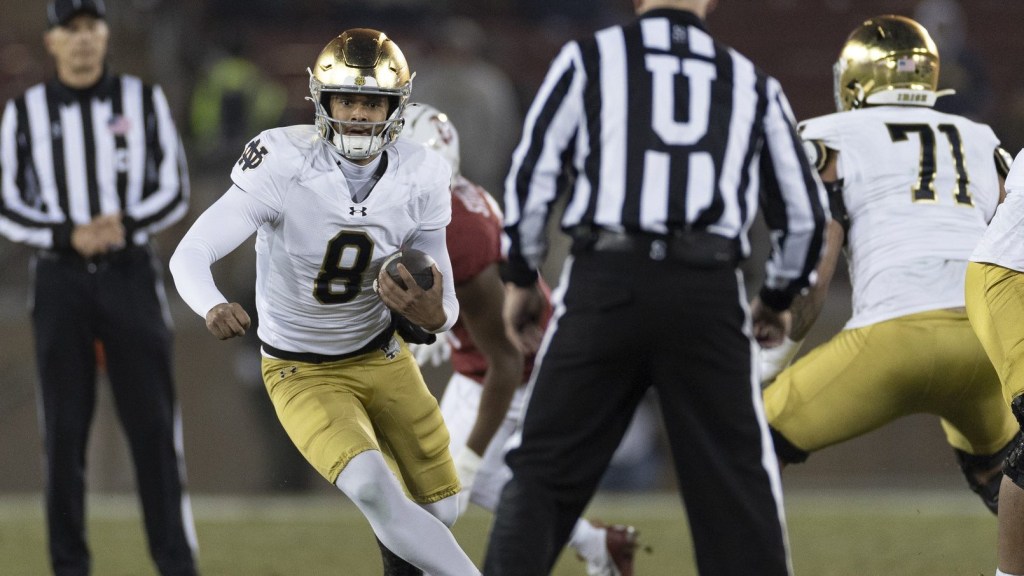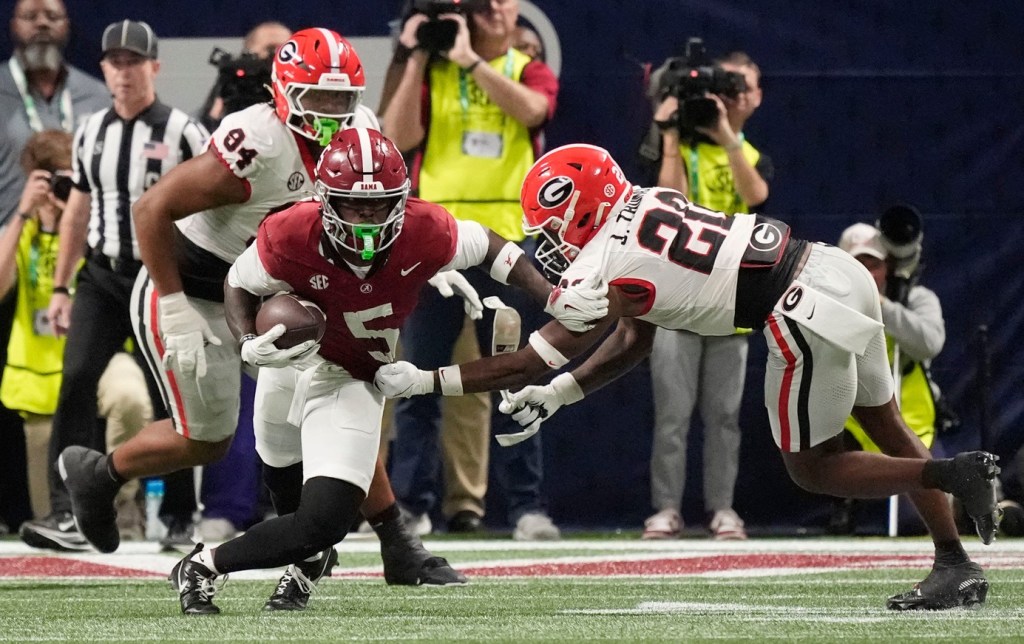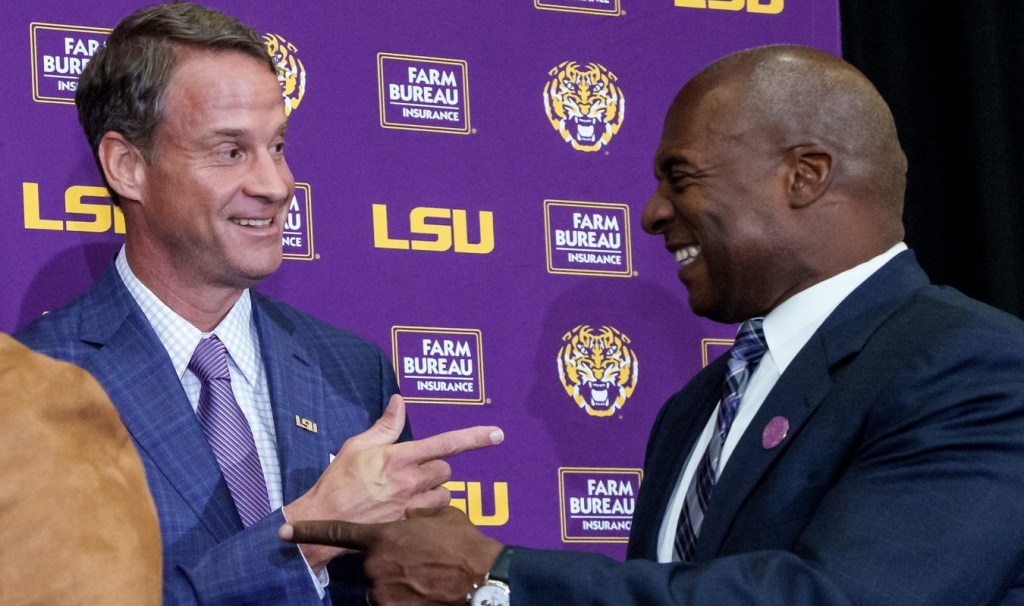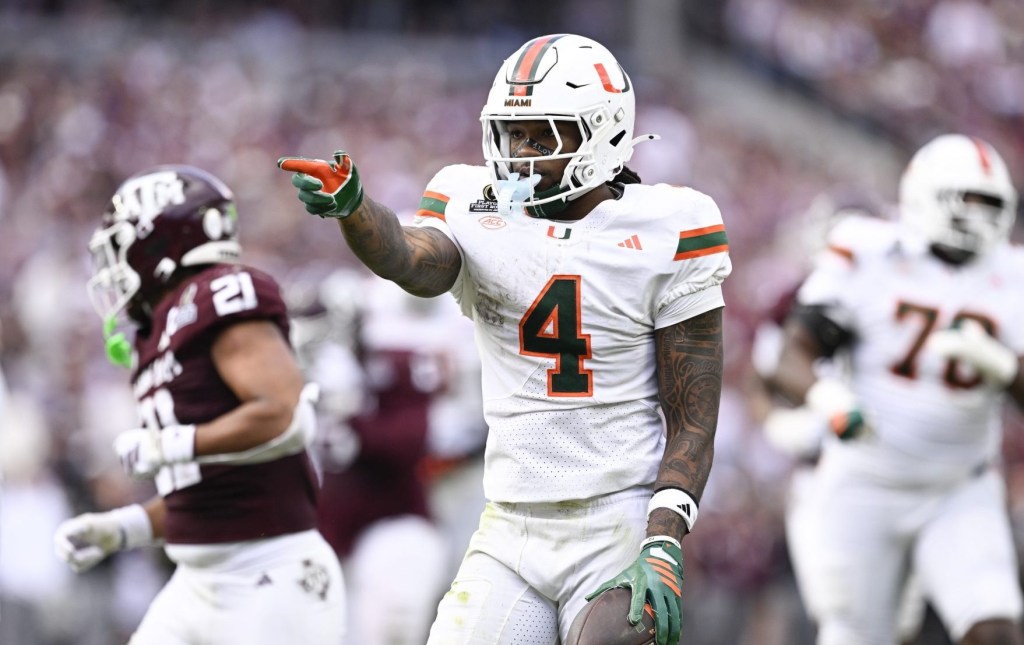In the final weeks of the college football season, all the talk was around the flurry of NIL (name, image, and likeness) deals.
Carson Beck transferred from Georgia to Miami for his final year of eligibility for more than $4 million in NIL money, a source told Front Office Sports. Darian Mensah transferred from Tulane to Duke for $8 million over two years, CBS reported. John Mateer transferred from Washington State to Oklahoma for the same price, 247Sports reported.
It sure looks like $4 million per year is the market rate for a top college quarterback right now. But check back in one month and the numbers will probably go up. Quinn Ewers—who ended up declaring for the NFL Draft—was supposedly offered $8 million by an unnamed school to play one more college season, according to 247Sports. That is the breakneck pace at which the NIL Wild West is only getting wilder.
All of this culminated in Ohio State winning the national title after spending “around $20 million” in NIL money on its roster, AD Ross Bjork said. It was thought to be one of the two biggest NIL payrolls this season.
The entire NIL system might only be a stopgap until schools share revenue directly with players, depending on the results of the House v. NCAA settlement. (Opponents have until Jan. 31 to file their grievances.) But for now, this system—although to call it a “system” is too generous; it’s a slapdash carnival—is the new normal.
And because this is the new normal, the biggest distinguishing factor between college sports and the pros is now this: You, a regular person, can directly contribute to your school’s recruitment of new stars.
You can’t personally give $1 million to your favorite NBA team for them to go out and get Jimmy Butler. But you can give $1 million to your alma mater’s NIL collective so they can get a new quarterback. Or running back. Or point guard.
Sure, not you, a non-multimillionaire. Only the ultra-rich, you might say. And indeed, it’s the ultra-high-net-worth alumni who are fueling this system: oil barons at SMU, Nike founder Phil Knight at Oregon, Oracle billionaire Larry Ellison (on behalf of his alumna wife) at Michigan, VitaminWater founder Mike Repole at St. John’s.
But even if your part is paltry, you still can contribute. Just know that your investment is a gamble. It could lead to a national title, or the player could abscond to greener pastures—or, in this context, a richer campus quad. Earlier this season, Matthew Sluka, the quarterback who got UNLV off to a 3–0 start, abruptly announced he’d sit out the rest of the season over NIL “representations” he said weren’t fulfilled.
One FOS source donated a few thousand dollars to the Vanderbilt NIL collective two years ago—before NIL prices reached their current fever pitch—and was told it was going directly to a specific player, who, according to the source, got about $20,000 in NIL money from the collective. Six weeks later, that player transferred to Georgia for more than $200,000. The source says, “I called them up and asked, ‘What about my money, do we get it back?’ The guy who raised the money said, ‘Good question, I don’t even know for sure, but I don’t think so.’”
Ohio State’s massive payroll delivered the Buckeyes the first championship of the 12-team Playoff era, but as Matt Brown wrote for FOS, the big price tag doesn’t tell the whole story. No. 1 seed Oregon—which also had an eight-figure NIL roster—didn’t make it past the second round.
In the new open market of college sports recruiting, cash doesn’t guarantee victory. But it sure helps.
